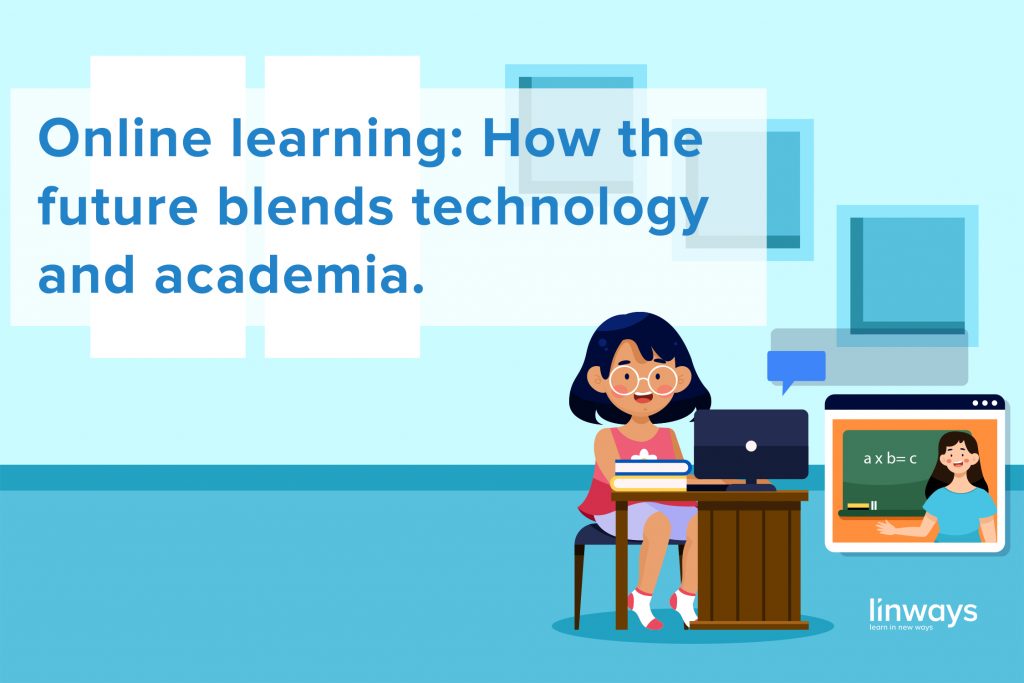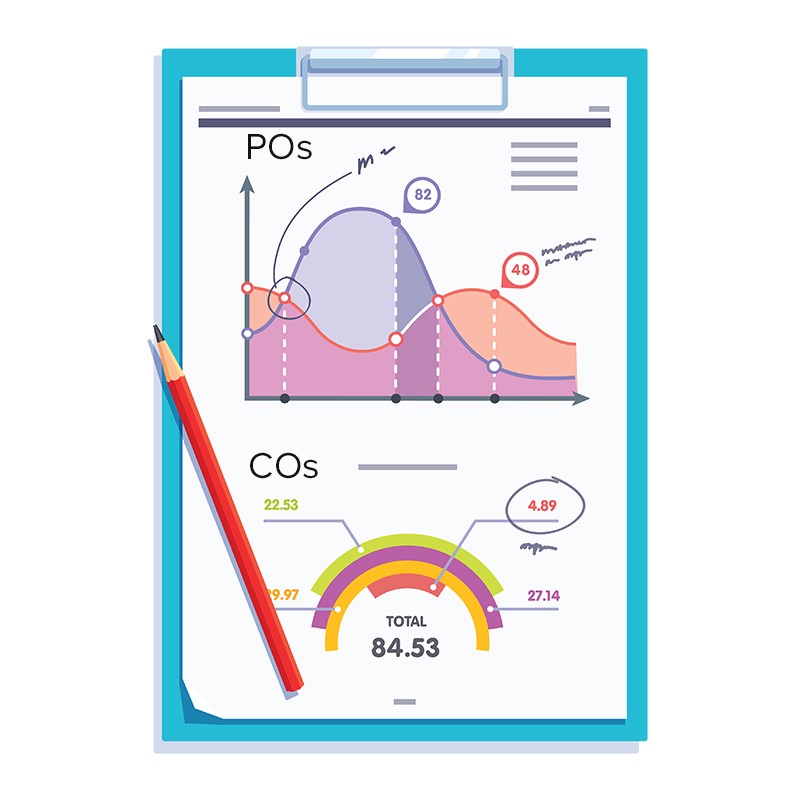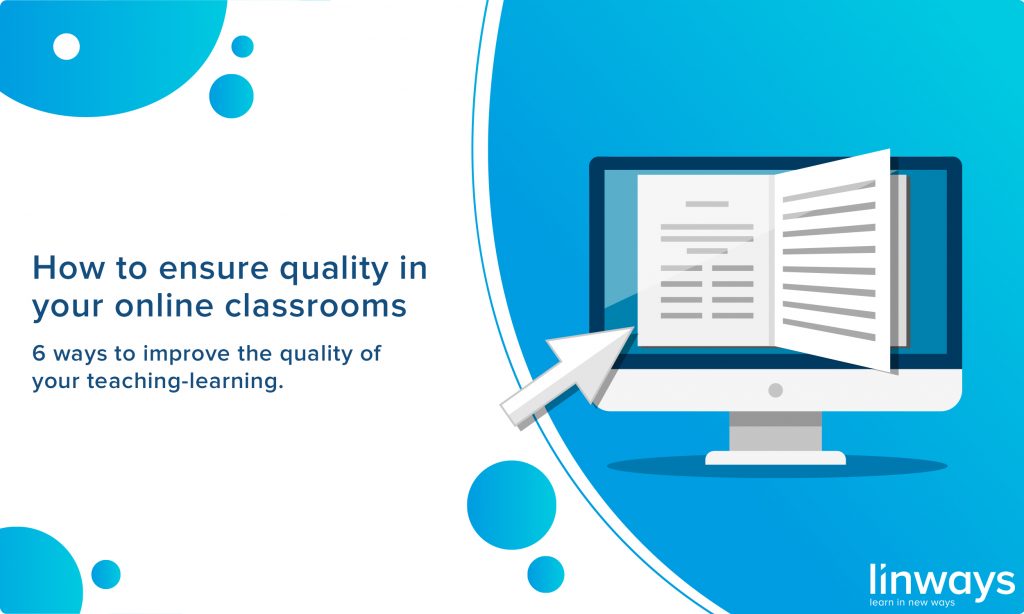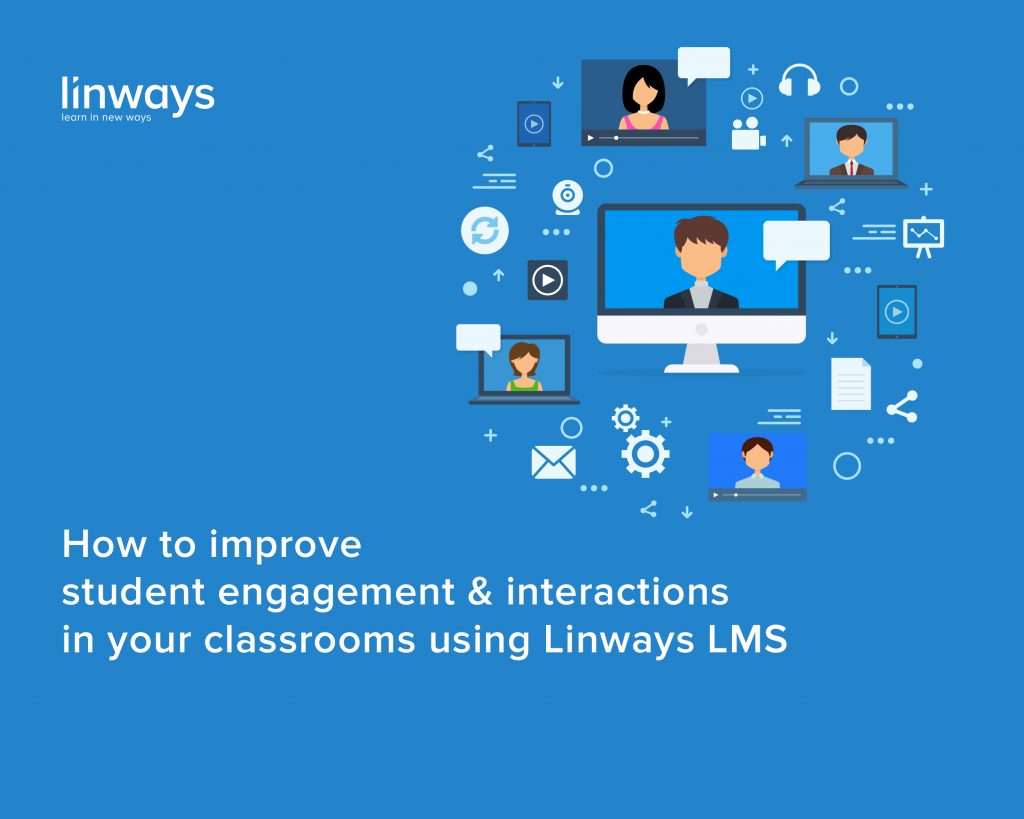
It’s said that necessity is the mother of all inventions. However, that quote does not always hold true. Though student centricity and technology integration has long been a crucial necessity in education, they’re only catching up. But one thing for sure is that they are here. Specifically, online learning. As a global pandemic made us close down all sorts of social spaces, education became everywhere. Our teachers rose up to meet the imminent threat head-on and made sure that our students still had a future.
However, unlike everything else, education will not likely go back to what it was after the threat is dealt with. Online learning will be the new normal and it will define the education experience for the foreseeable future. Let’s take a look at some factors of online learning that makes it a viable alternative and why it will stay.
For the teacher, for the student.
Online learning is a highly flexible and tailored learning experience for both students and teachers. Online education enables the teacher and the student to set their own learning pace, and there’s the added flexibility of setting a schedule that fits everyone’s agenda. As a result, using an online educational platform allows for a better balance of work and studies, so there’s no need to give anything up. Studying online teaches you vital time management skills, which makes finding a good work-study balance easier.
More quality time with open communication and feedback.
Online learning, unlike many believe, does not take any face-time away from between students and teachers. It actually improves the communication between students and their teachers. There’s a window for communication at all times since it’s digital. Students can send texts, mail, or upload files through their learning management systems, and teachers can send notifications, alerts, or replies through the same. Additionally, they can focus on individual students a lot more than they would in traditional classes.
Focus-driven, student-centric.
Another great feature that makes online learning work well is the level of attention a teacher can provide to mentor and support individual students. Unlike a physical classroom, the teacher can interact with each student on their own time and provide meaningful feedback and extra care as needed.
More students, fewer distractions.
Online learning also provides a window for the institution to enroll more students into a course. There are no physical constraints involved. This works well for both students and institutions because more students mean better funding and students get better options to choose from. Teachers can use pre-recorded videos and flipped- learning techniques to manage batches. So the live sessions to be more interactive and personal.
The technological barrier.
The technology has also matured enough to cater to the unique and particular needs of teachers and institutions. More research and innovation in the education sector has given birth to an immense number of solutions for most problems. As we have seen over the past few months, social guidelines and public spaces are not what they used to be. So technology will act as a link between students, teachers, and institutions to develop a nurturing and efficient learning environment.
Let us know in the comments what you think will happen in the future of education. Also, consider checking out Linways Learning Management System that reduces the teacher’s workload and helps institutions to implement near-perfect workflows in education.
Also published on Medium.




